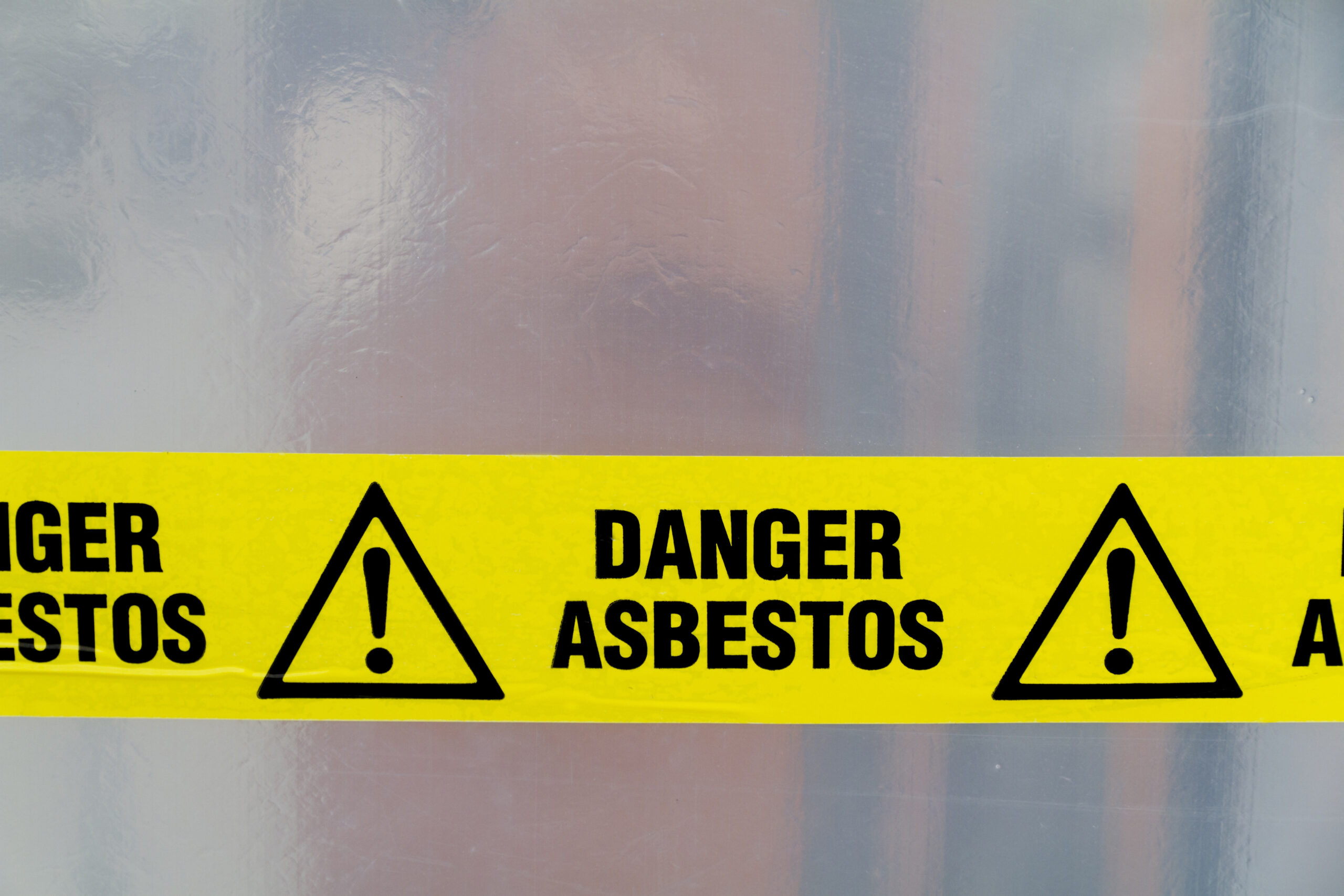By: Editorial Staff, Date: June 25th, 2024

Asbestos, a natural fibrous mineral known for its remarkable durability, heat resistance, and insulating properties, has been widely used for decades in construction. Automotive, and various industrial applications. However, behind its usefulness lies a sinister secret—asbestos fibers are hazardous to both humans and the environment.
This article will explore the environmental consequences of asbestos, examining how its production, use, and disposal have affected our ecosystems, and highlighting the critical steps needed to protect our planet from its harmful effects.
Environmental Impact of Asbestos
- Soil Contamination: Asbestos is naturally found in certain rocks and soils worldwide. Normally, asbestos fibers can be mixed into the soil without damaging it or impacting underground plant or animal life. However, soil contamination by asbestos can occur in the following situations:
- Digging for mining other minerals, road construction, or building projects.
- Exposure from abandoned, demolished, or destroyed buildings that contain asbestos.
- Improper disposal or dumping of asbestos materials.
These activities can expose asbestos fibers, which can then mix into the soil. These dust-like particles can be carried by wind and water, contaminating and endangering surrounding areas.
- Air Pollution: Asbestos fibers are easily crumbled and released into the air, where they can remain suspended for a long time. Airborne asbestos can result from cutting, sanding, or other remodeling activities that disturb asbestos-containing materials. Improper removal of asbestos-containing materials can release fibers into the air, potentially increasing asbestos levels at home. This airborne asbestos also poses a risk of inhalation by humans and animals, leading to serious respiratory diseases.
- Water Contamination: Asbestos was used to reinforce cement pipes and drainage systems, which exposed water to contamination. Asbestos could contaminate water in various ways:
- Soil contaminated with asbestos.
- Asbestos fibers released from abandoned and demolished buildings containing asbestos.
- Improper disposal of asbestos wastes.
- Older water systems that used asbestos-containing pipes.
Asbestos in water can be ingested by humans during bathing, cleaning, or drinking, leading to long-term health problems. Additionally, asbestos fibers take a long time to break down and can contaminate other bodies of water, contributing to asbestos buildup in soil.
Asbestos in Our Homes and Communities
Since asbestos has been used for decades in construction, it may be present in many homes and communities. Understanding where asbestos might be hiding and how to handle it safely is crucial for maintaining a safe environment. Here are some possible locations where asbestos may be found:
- Roofing and siding shingles in older homes
- Steam pipes, hot water pipes, and coal furnaces
- Vinyl floor tiles and backing on vinyl sheet flooring
- Textured paints
- Patching compounds on walls and ceiling joints
- Artificial ashes and embers in gas-fired fireplaces
- Insulation used on furnaces and wood-burning stoves
- Soundproofing or decorative materials on walls and ceilings
- Water pipes
Although asbestos is present in homes and communities, it does not pose a significant risk as long as it remains intact, undisturbed, and in good condition. However, when asbestos is disturbed or damaged by sawing, sanding, or drilling, fibers are released into the air, endangering those who are exposed.
Taking Action: How to Reduce the Environmental Impact of Asbestos
- Asbestos risk education: Taking the time to learn about asbestos, including understanding safe identification methods, can help mitigate risks to humans and the environment. It’s also beneficial to know whom to call for professional assistance when needed.
- Pay attention to unpaved ground: Since asbestos is naturally found in certain rocks, there is a possibility that fibers are present in the ground. Additionally, construction sites use materials containing asbestos, increasing the likelihood of its presence. Driving slowly on unpaved roads can help reduce dust, which can carry asbestos fibers.
- Take measures to minimize dust: To reduce the chance of creating a cloud of asbestos dust, wet the ground before engaging in any activities, especially if there is ongoing construction nearby. Additionally, keeping windows and doors closed on windy days helps protect humans from inhaling asbestos fibers.
- Take initiative: Collaborate with nonprofits and government leaders to advocate for the removal and cleanup of asbestos. Sharing knowledge gained and raising awareness about asbestos risks can benefit the community.
Asbestos, once celebrated for its usefulness, now poses a significant threat to the environment. To safeguard our planet, urgent steps are needed to mitigate its adverse effects. Stay informed and vigilant to promote a safer, asbestos-free environment.
Discover the latest developments in asbestos litigation at our webcast: Asbestos Litigation: What’s Changing in 2024 and Beyond
Upcoming Webcasts
The Changing Tides of M&A Transactions: Key Considerations and Best Practices
After the past 18 months of exceptionally strong market conditions, there is currently a lot of uncertainty in the marketplace and many private business owners are wondering: Is now still the right time to sell my company?


